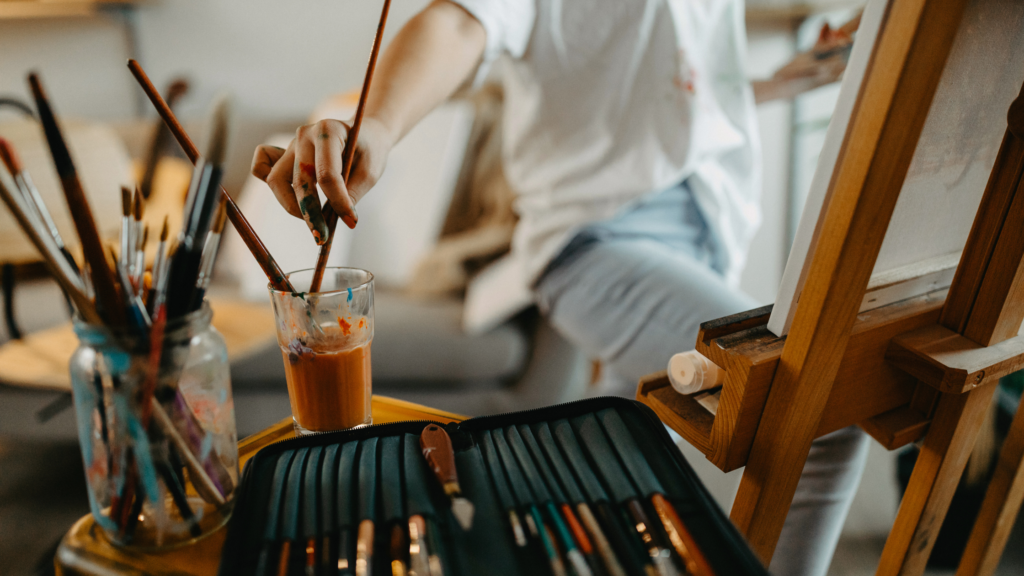In the canvas of life, art emerges as a powerful brushstroke of healing and hope. Beyond its aesthetic appeal, creativity holds the transformative power to uplift spirits, soothe souls, and cultivate profound mental well-being.
Art, in its myriad forms, serves as a sanctuary for self-expression—a safe haven where words may fail but colors, shapes, and textures speak volumes. Whether through painting, sculpting, writing, or any other creative medium, the act of creation becomes a therapeutic journey, offering solace in times of turmoil and a beacon of light in moments of darkness.
One of the most remarkable aspects of art’s healing prowess lies in its ability to transcend language barriers. In the realm of artistic expression, emotions find a voice unrestricted by words, allowing individuals to explore and articulate their innermost thoughts and feelings with unparalleled authenticity.
Moreover, engaging in artistic endeavors stimulates the brain in unique and beneficial ways. Research has shown that creative activities trigger the release of dopamine, the neurotransmitter associated with pleasure and reward, leading to feelings of joy and fulfillment. Additionally, the process of creating art activates various regions of the brain, promoting neural connections and cognitive function—a veritable workout for the mind.
But perhaps art’s most profound impact lies in its capacity to foster connection and community. Through shared artistic experiences, individuals come together, forging bonds of understanding, empathy, and support. Whether in a group art therapy session, a collaborative mural project, or an online creative workshop, the sense of belonging and camaraderie that emerges cultivates a sense of unity and belonging—a vital antidote to feelings of isolation and loneliness.
Here are some art activities that can promote mental wellness:
- Painting or Drawing: Express yourself through color, shape, and form. Whether you’re using acrylics, watercolors, pencils, or pastels, painting and drawing offer a therapeutic outlet for self-expression and creativity.
- Journaling: Explore your thoughts and emotions through writing or visual journaling. Use words, images, collages, or mixed media to document your experiences, reflections, and aspirations.
- Photography: Capture moments of beauty and inspiration in the world around you. Photography encourages mindfulness and allows you to see the world through a different lens, fostering a deeper appreciation for the present moment.
- Sculpture or Pottery: Get your hands dirty and sculpt something meaningful. Working with clay or other sculptural materials can be both meditative and empowering, allowing you to shape and mold your thoughts and feelings into tangible forms.
- Music or Sound Therapy: Create or listen to music that resonates with your emotions. Music has the power to evoke memories, evoke emotions, and create a sense of calm and comfort.
- Dance or Movement: Move your body and express yourself through dance or movement. Dancing releases endorphins, reduces stress, and promotes a sense of well-being, whether you’re following structured choreography or simply moving freely to the rhythm of your own heartbeat.
- Nature Art: Use natural materials like leaves, flowers, stones, and shells to create art in nature. Connecting with the natural world can be deeply grounding and inspiring, offering a sense of peace and harmony amidst the chaos of everyday life.
As we navigate the complexities of life, let us not underestimate the healing power of art. Whether as creators, admirers, or participants, may we embrace creativity as a cornerstone of our mental wellness journey—a source of inspiration, solace, and strength in times of need. Together, let us paint a world where the colors of creativity illuminate the path to healing and wholeness.

